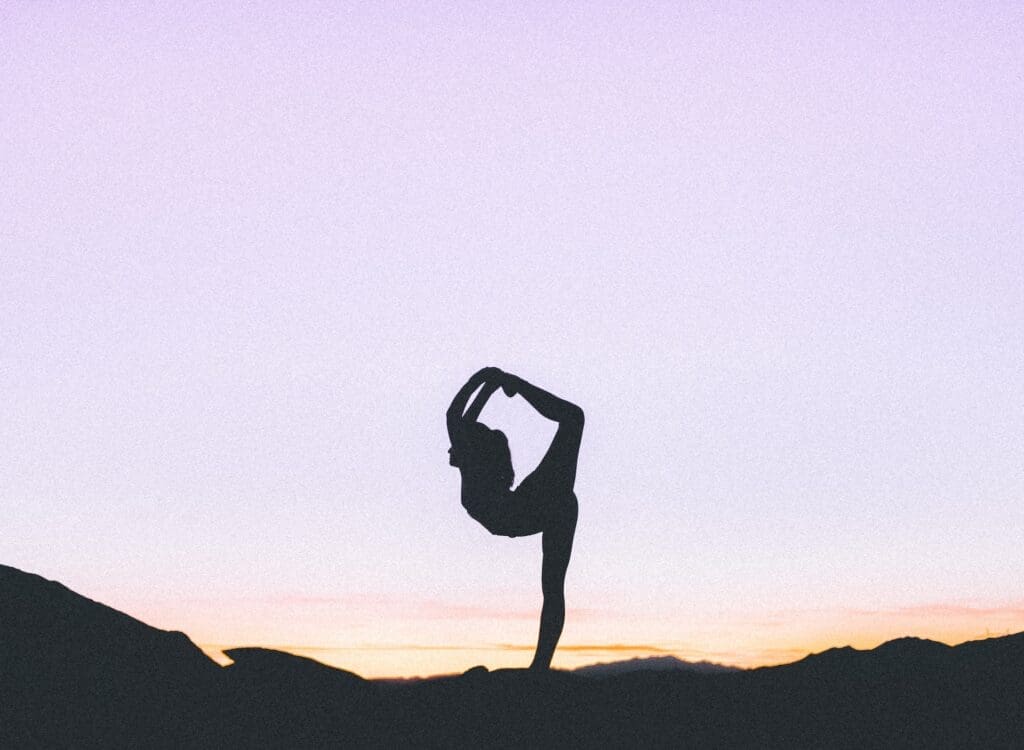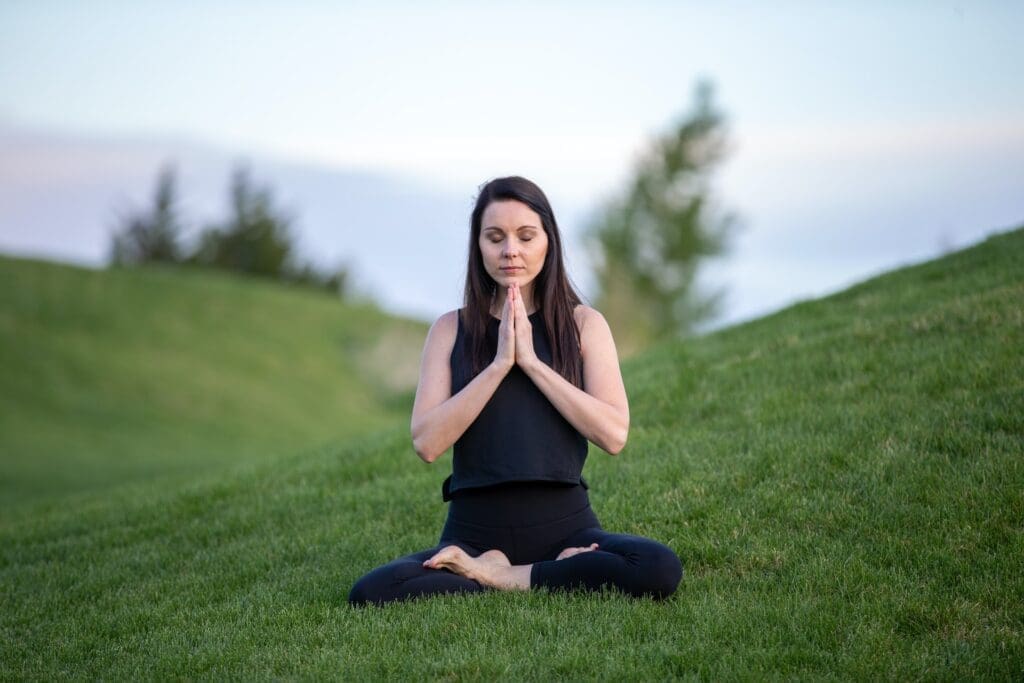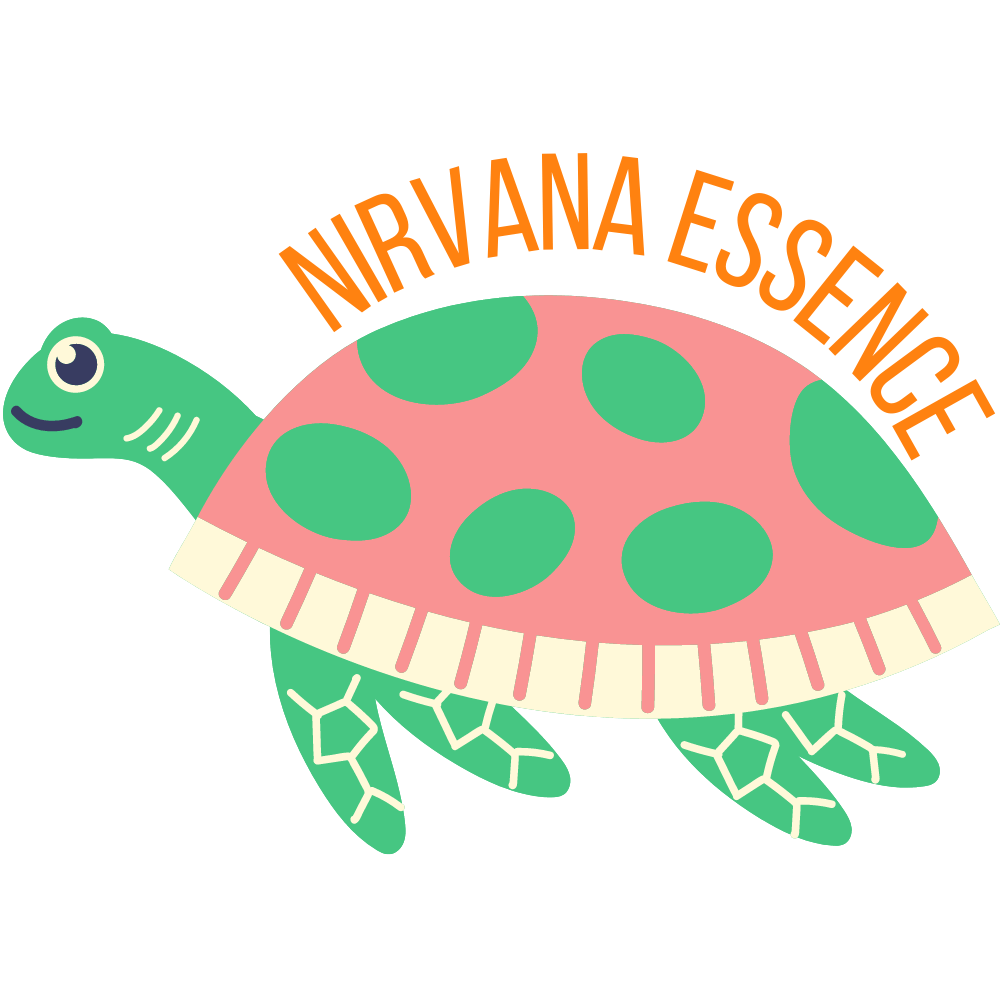Introduction
In today’s fast-paced world, where stress and anxiety are prevalent, finding effective ways to achieve well-being and inner peace has become a priority for many. Mindfulness, a practice rooted in ancient traditions, offers a pathway to cultivate a calm and focused mind amidst the chaos. In this article, we will delve into the practices of yoga, pranayama, tai chi, and meditation, exploring how they contribute to well-being and enhance mindfulness.
Understanding Mindfulness
Mindfulness can be described as the state of being fully present and aware of one’s thoughts, emotions, and physical sensations in the present moment. It involves observing these experiences without judgment, allowing us to cultivate a deeper understanding of ourselves and the world around us. By practicing mindfulness, we can develop greater clarity, reduce stress, and enhance our overall well-being.
The Benefits of Mindfulness for Well-being
Engaging in mindfulness practices has been associated with numerous benefits for overall well-being. Research suggests that mindfulness can reduce stress, improve mental focus, enhance emotional resilience, and promote better sleep. Additionally, it has shown promise in managing chronic pain, alleviating symptoms of anxiety and depression, and improving overall psychological well-being.
Exploring Yoga for Mindfulness
The Origins of Yoga
Yoga, an ancient practice originating in India, has been around for thousands of years. It encompasses physical postures, breath control, meditation, and ethical principles, all aimed at harmonizing the body, mind, and spirit.

Yoga as a Mindful Practice
Yoga provides a fertile ground for cultivating mindfulness. Through conscious movement, breath awareness, and focused attention on the present moment, practitioners can develop a deep sense of mindfulness. Each yoga pose becomes an opportunity to be fully present and engage the body and mind in a harmonious union.
Benefits of Yoga for Well-being
The practice of yoga offers a myriad of benefits for well-being. It improves flexibility, strength, and balance while simultaneously calming the mind and reducing stress. Regular yoga practice can enhance body awareness, promote relaxation, and boost overall vitality.
Popular Yoga Styles for Mindfulness
Various yoga styles emphasize mindfulness as an integral part of the practice. Hatha yoga, with its gentle and deliberate movements, encourages mindful awareness of the body and breath. Vinyasa yoga, with its flowing sequences, invites practitioners to synchronize movement with breath, fostering a meditative state. Yin yoga, characterized by long-held passive poses, cultivates patience, introspection, and deep relaxation.
Embracing Pranayama for Mindfulness

What is Pranayama?
Pranayama, a Sanskrit term meaning “control of life force,” involves breath control techniques that channel and regulate the breath. Pranayama exercises help purify the body and mind, harmonizing energy flow and promoting a sense of well-being.
Pranayama Techniques for Mindfulness
Pranayama practices can serve as powerful tools for developing mindfulness. Techniques like deep abdominal breathing, alternate nostril breathing, and extended exhalation can anchor our attention to the breath, enabling us to stay present and cultivate a calm and focused mind.
Benefits of Pranayama for Well-being
Pranayama practices offer numerous benefits for overall well-being. They help reduce anxiety, calm the nervous system, and enhance mental clarity. Regular pranayama practice can also improve lung function, boost energy levels, and promote a sense of inner balance.
Discovering Tai Chi for Mindfulness

The Essence of Tai Chi
Tai Chi, an ancient Chinese martial art, combines slow, flowing movements with deep breathing and focused attention. Rooted in the principles of yin and yang, Tai Chi promotes harmony, balance, and a deep connection between the mind and body.
Tai Chi as a Mindful Practice
The deliberate and mindful nature of Tai Chi makes it an ideal practice for cultivating mindfulness. With each graceful movement, practitioners engage their senses, redirecting their thoughts to the present moment. The rhythmic flow of Tai Chi encourages a state of calm and inner tranquility.
Benefits of Tai Chi for Well-being
Engaging in Tai Chi offers a range of benefits for well-being. It improves posture, balance, and flexibility, reducing the risk of falls and injuries. Tai Chi is also known to reduce stress, enhance cognitive function, and promote relaxation. Regular practice can lead to increased vitality, improved cardiovascular health, and a greater overall sense of well-being.
Harnessing Meditation for Mindfulness

Understanding Meditation
Meditation involves training the mind to achieve a state of heightened awareness and deep relaxation. It encompasses various techniques that cultivate mindfulness, such as focused attention, loving-kindness, and transcendental meditation.
Meditation Techniques for Mindfulness
Different meditation techniques can be employed to cultivate mindfulness. Focused attention meditation involves concentrating on a specific object, such as the breath or a mantra, while letting go of distracting thoughts. Loving-kindness meditation promotes compassion and empathy towards oneself and others. Transcendental meditation uses a silent mantra to induce a state of deep relaxation and expanded awareness.
Benefits of Meditation for Well-being
Meditation has been extensively studied and found to offer numerous benefits for overall well-being. Regular meditation practice can reduce stress, anxiety, and depression while enhancing emotional well-being and resilience. It improves focus, attention, and memory, promoting mental clarity and cognitive function. Meditation also fosters a sense of inner peace, contentment, and connection to oneself and others.
Integrating Mindfulness Practices into Daily Life
To fully reap the benefits of mindfulness, it is essential to integrate these practices into our daily lives. By incorporating mindfulness into routine activities such as eating, walking, or interacting with others, we can cultivate a greater sense of presence and well-being. Consistency and patience are key as mindfulness is a skill that develops over time.
Conclusion
Mindfulness in motion is a powerful approach to enhance well-being and cultivate a deeper connection with oneself. Through the practices of yoga, pranayama, tai chi, and meditation, individuals can embark on a transformative journey of self-discovery, balance, and inner peace. By embracing mindfulness, we can navigate life’s challenges with greater resilience, clarity, and a renewed sense of vitality.
FAQs
Q1: How often should I practice yoga, pranayama, tai chi, or meditation for mindfulness?
A1: The frequency of practice depends on personal preferences and schedules. It’s recommended to start with a few minutes each day and gradually increase the duration as you become more comfortable. Consistency is more important than duration.
Q2: Can mindfulness practices help with managing stress?
A2: Yes, mindfulness practices have been found to be effective in reducing stress levels. They provide tools to calm the mind, promote relaxation, and develop a more balanced response to stressful situations.
Q3: Do I need any special equipment to practice these mindfulness techniques?
A3: For yoga, a yoga mat and comfortable clothing are recommended. For pranayama and meditation, a quiet space and a comfortable cushion or chair are sufficient. Tai Chi can be practiced indoors or outdoors with loose-fitting clothing.
Q4: Can mindfulness practices be beneficial for physical health?
A4: Absolutely. Mindfulness practices like yoga, tai chi, and pranayama promote physical health by improving flexibility, strength, balance, and overall vitality. They also support cardiovascular health and help manage chronic conditions.
Q5: Is it necessary to have prior experience to start practicing mindfulness techniques?
A5: No, prior experience is not necessary. Mindfulness practices can be adapted to suit individuals of all ages and fitness levels. It’s important to start at your own pace, listen to your body, and seek guidance from qualified instructors if needed.





















